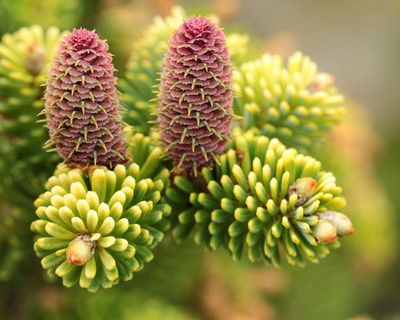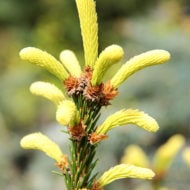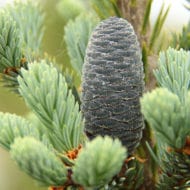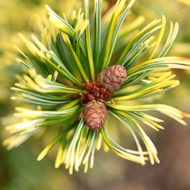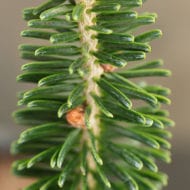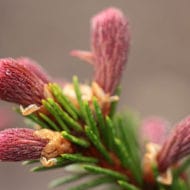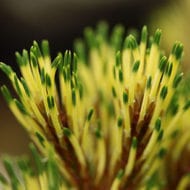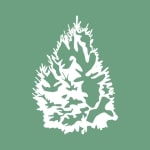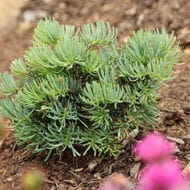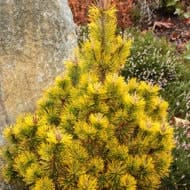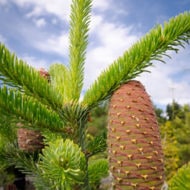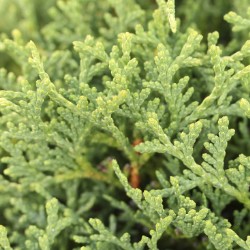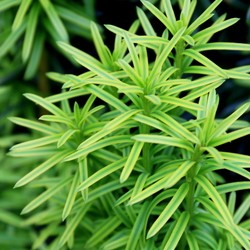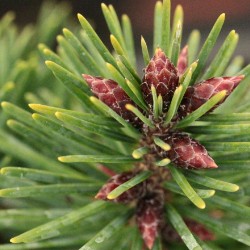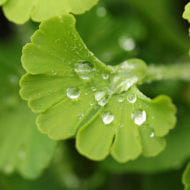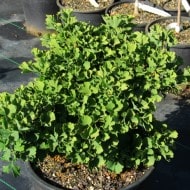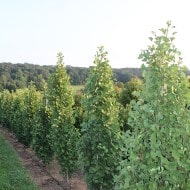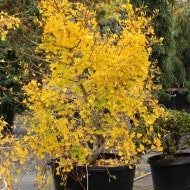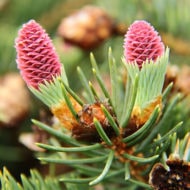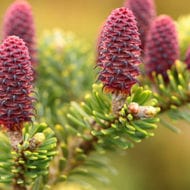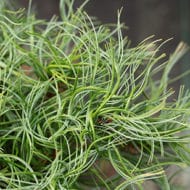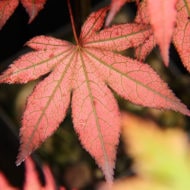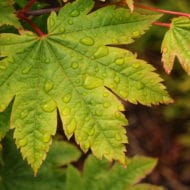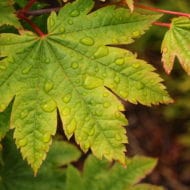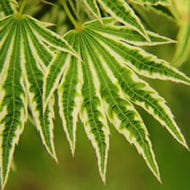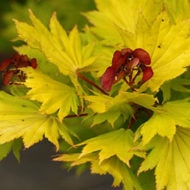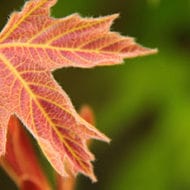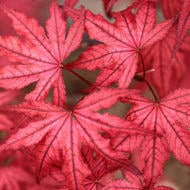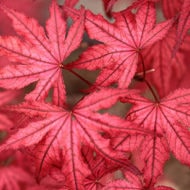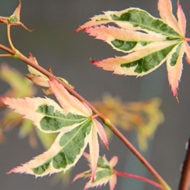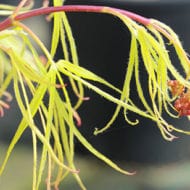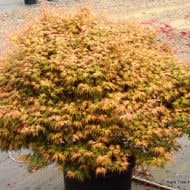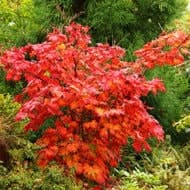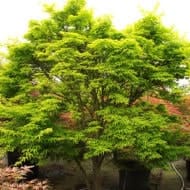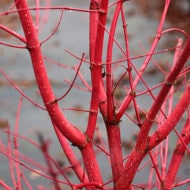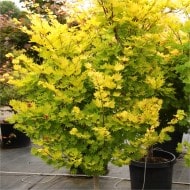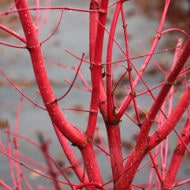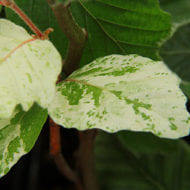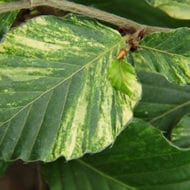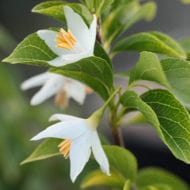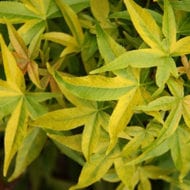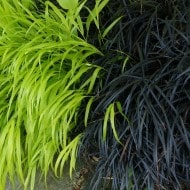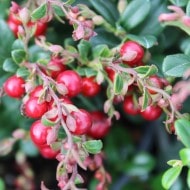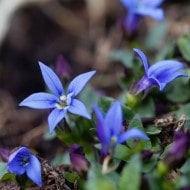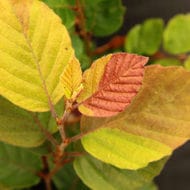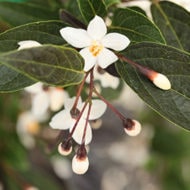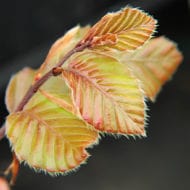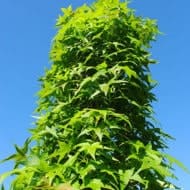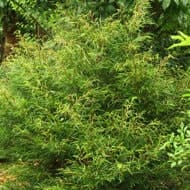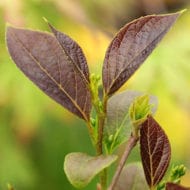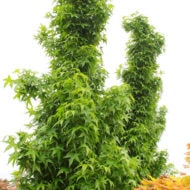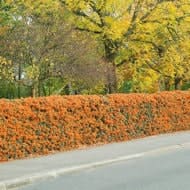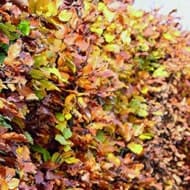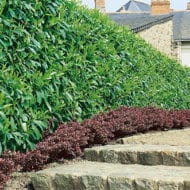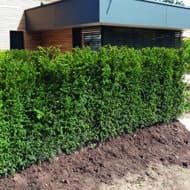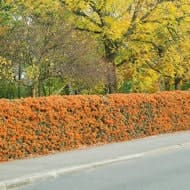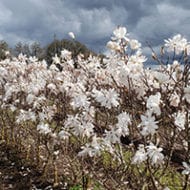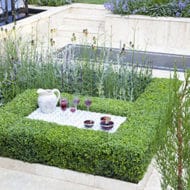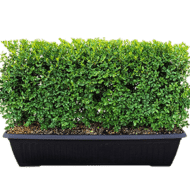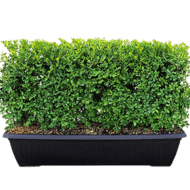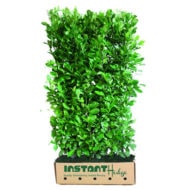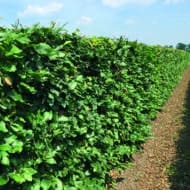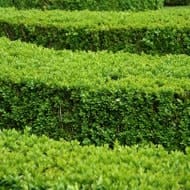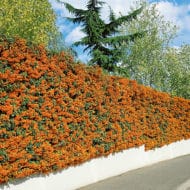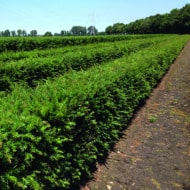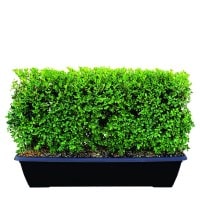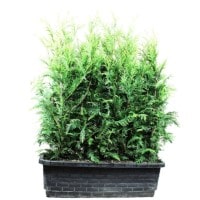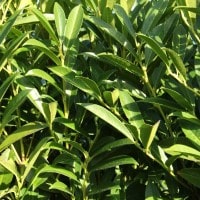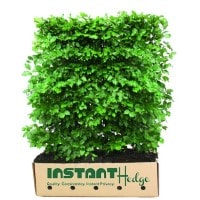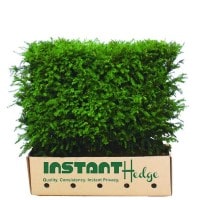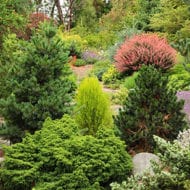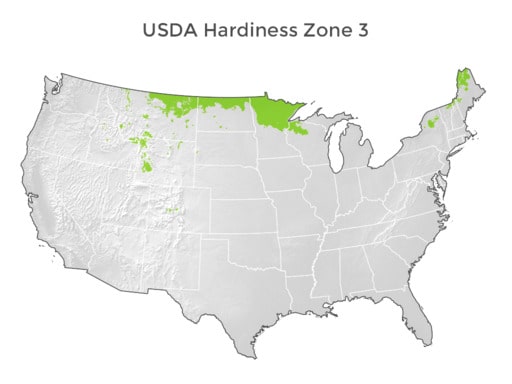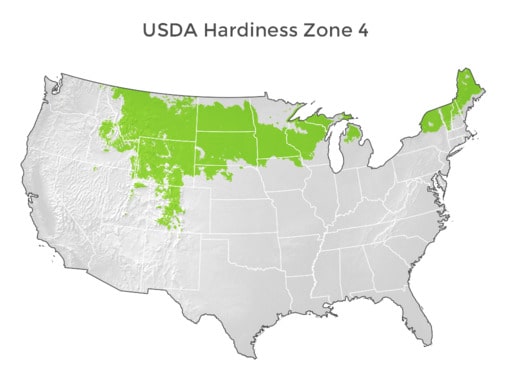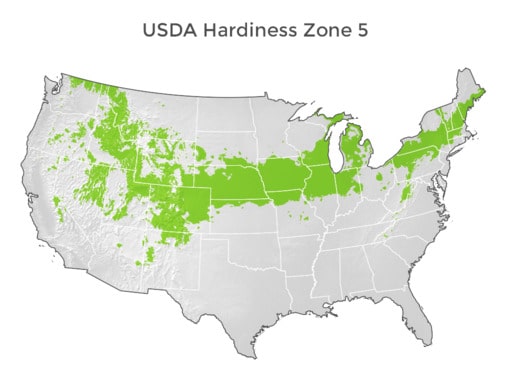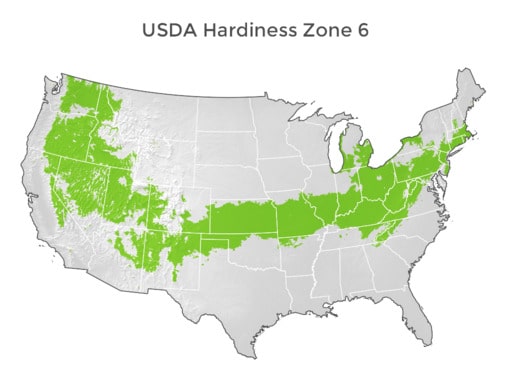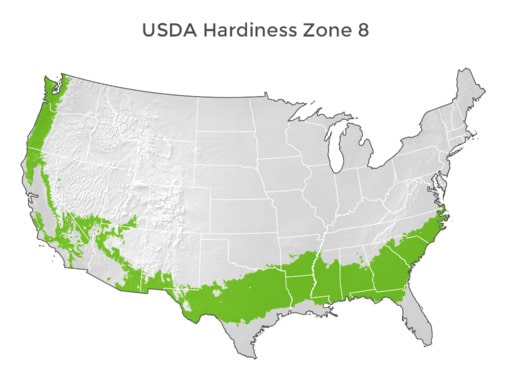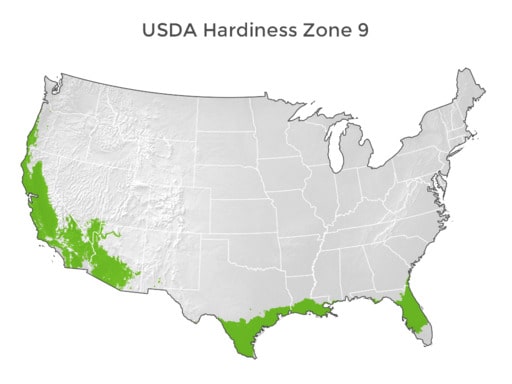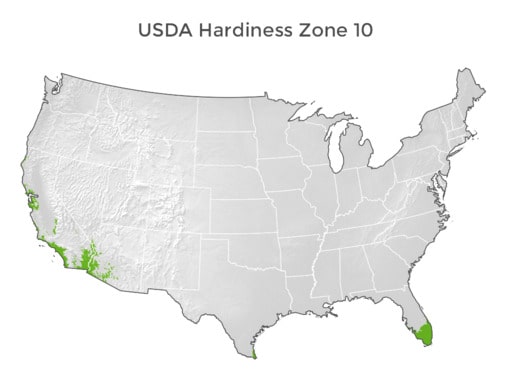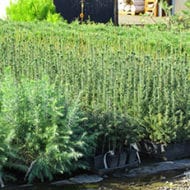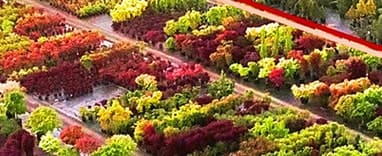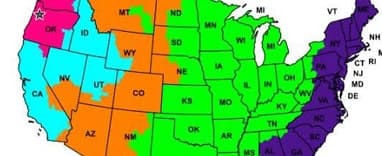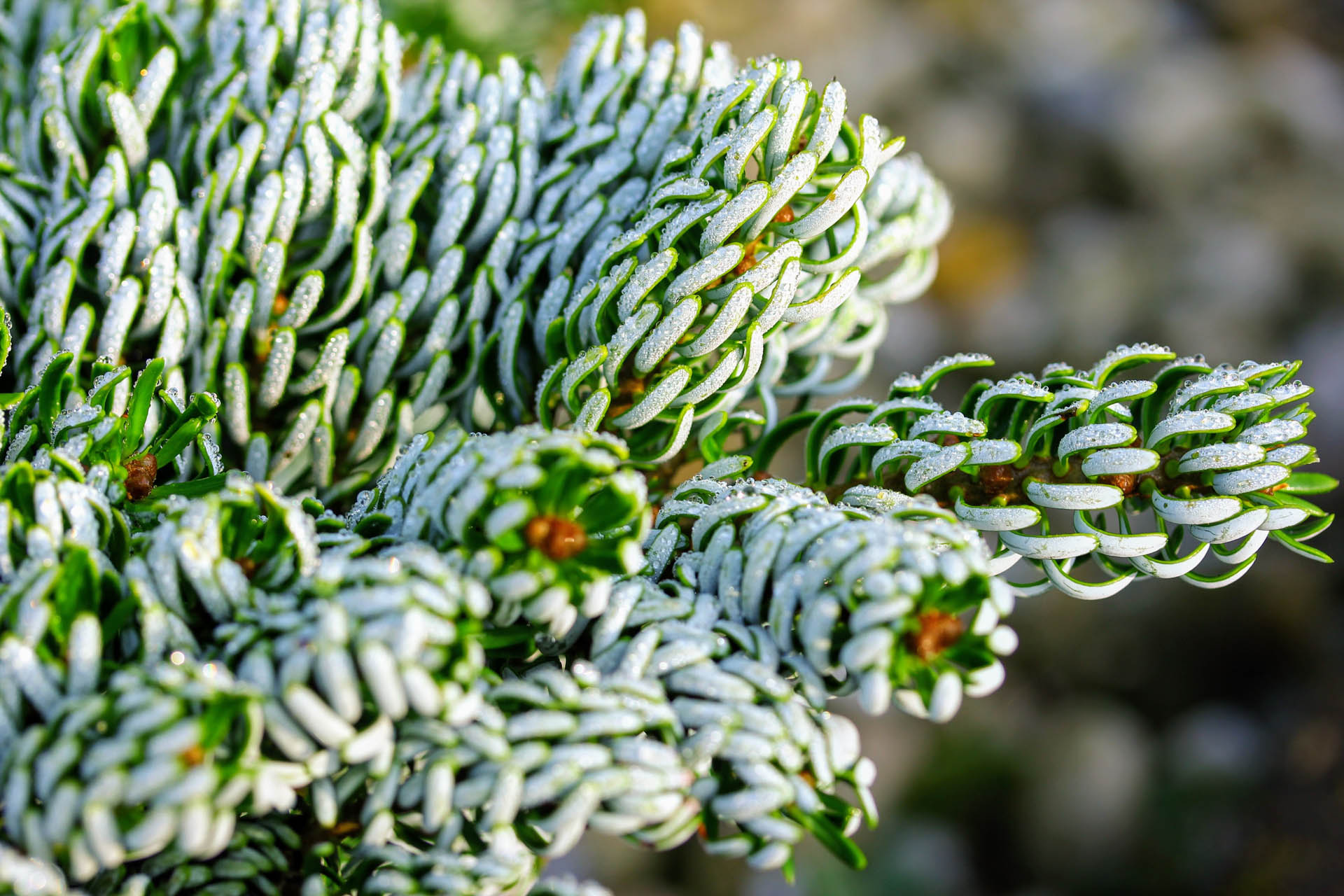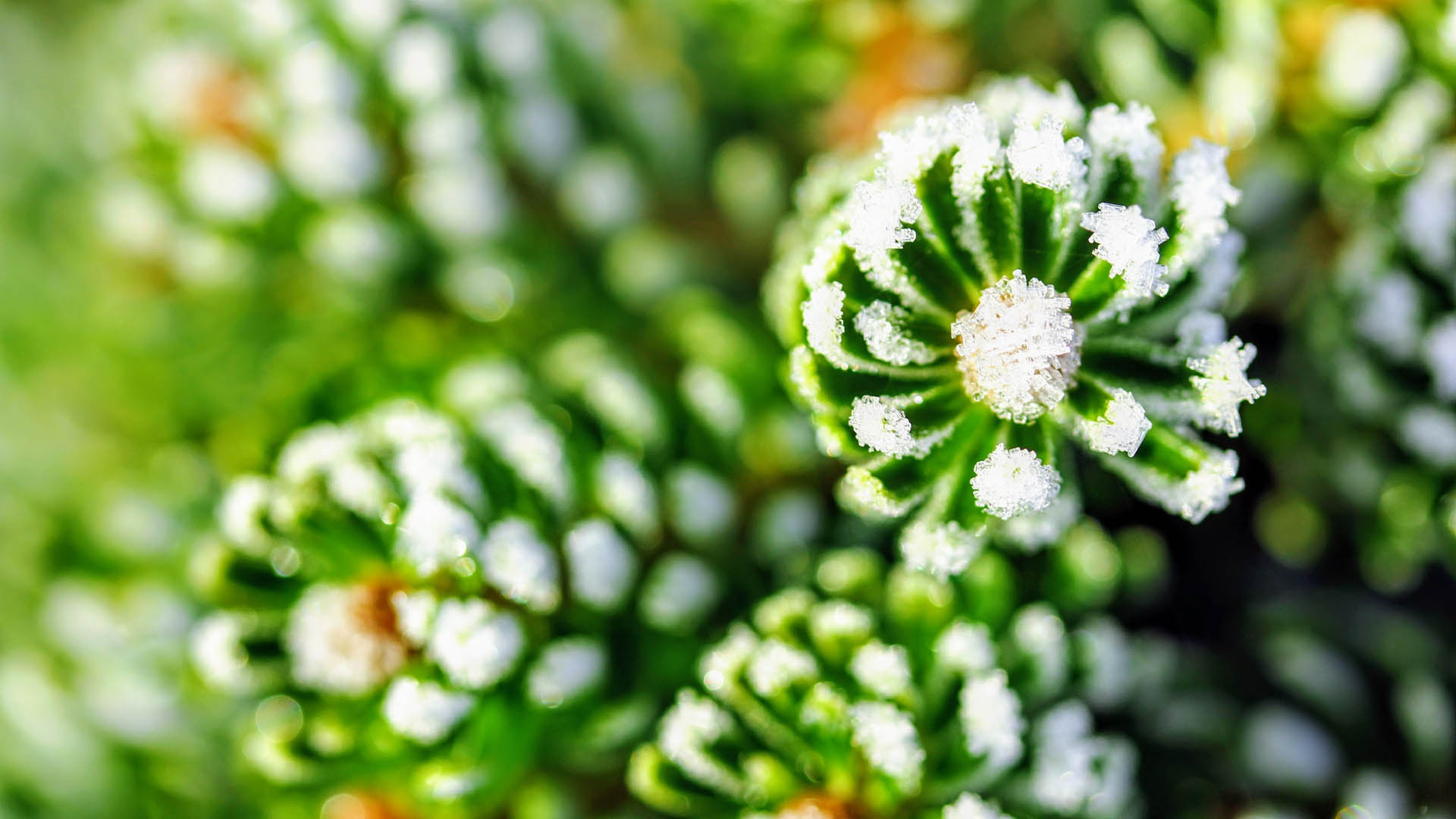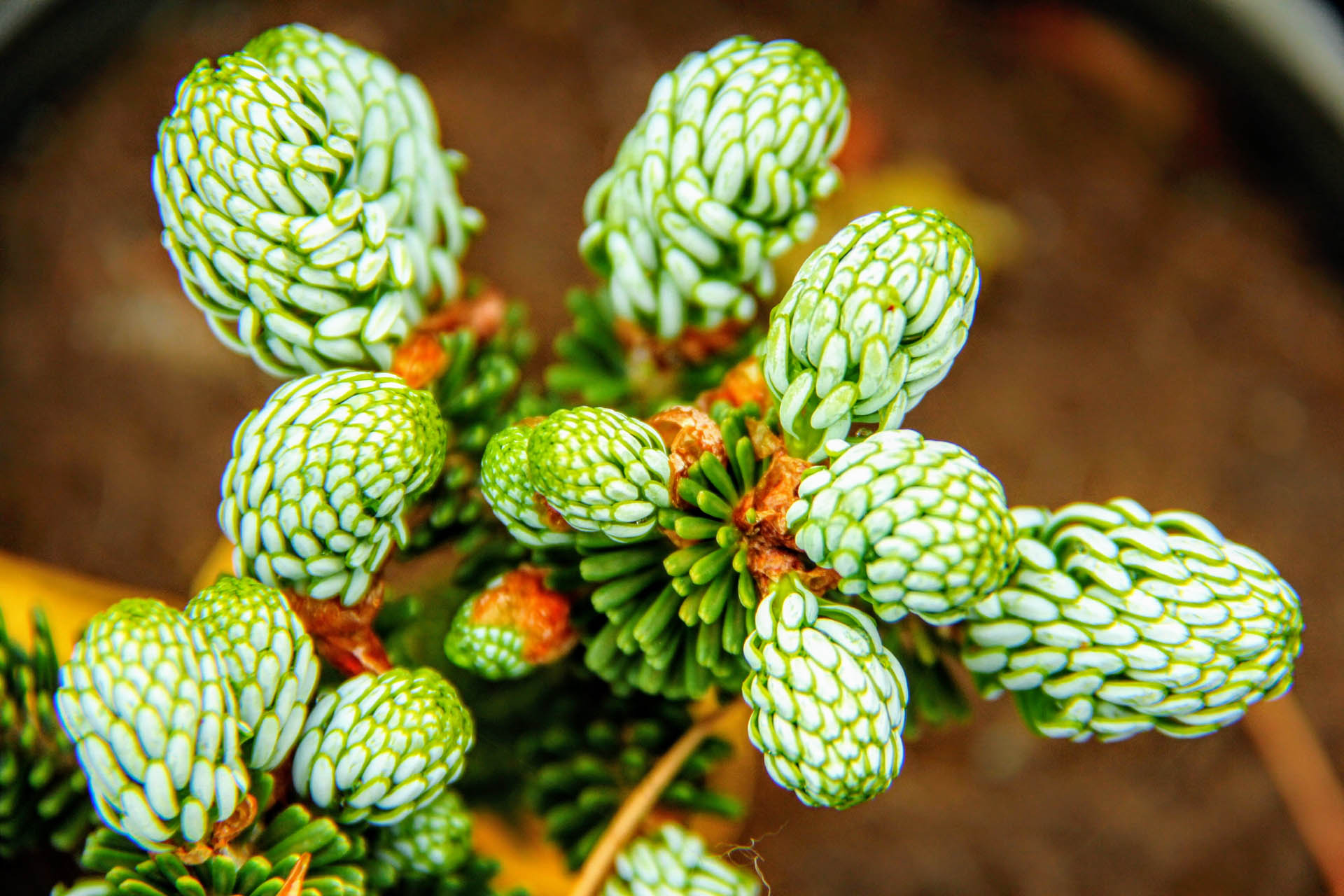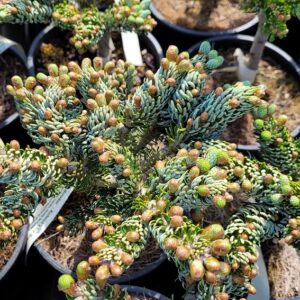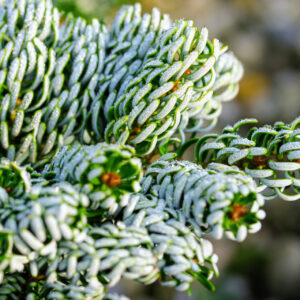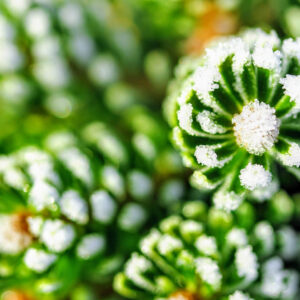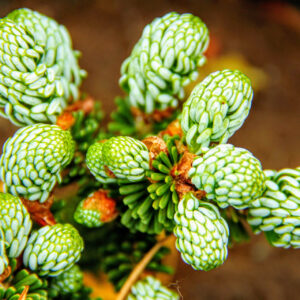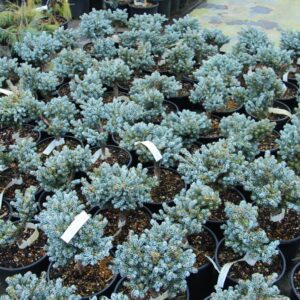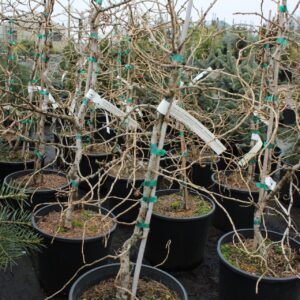Abies koreana ‘Kohout’s Ice Breaker’ Korean Fir
Abies koreana ‘Kohout’s Ice Breaker’ has an incredibly slow growth rate is a result of its origin as a witch’s broom discovered on an already-slow-growing tree with similarly curved needles.
SKU: AbKor-KohoutsIceBreaker-0-0
Categories: Abies – Firs, Abies koreana - Korean Firs, Firs Grafted On Abies Firma, Globose, Miniature Conifers, Our Plants, Silver & White, Silver & White Conifers, Twisted Needles, Zone 5, Zone 6, Zone 7, Zone 8
Tags: All Is Fixed, BP-1, BP1, CCOY, firma, Hardiness Zone 5, Popular
Description
Spring’s new growth has needles that strongly twist around the branches, showing the brilliant white undersides. Abies koreana ‘Kohout’s Ice Breaker’ has an incredibly slow growth rate is a result of its origin as a witch’s broom discovered on an already-slow-growing tree with similarly curved needles. Don’t forget to check out the wide selection of Abies koreana species and other Abies Fir varieties.
USDA Hardiness Map

Plant Form

Kohout’s Ice Breaker Korean fir is a tiny, decorative tree with a highly unusual growth habit. Its green needles curl upwards around the stems, revealing snow-white undersides that make it look like the tree is covered in icy ringlets. Its unusual needles and small size make Kohout’s Ice Breaker a unique prize in the nursery world, perfect as a bright accent in a small space.
It started as a witch’s broom discovered on an Abies koreana ‘Horstmann Silberlocke’ in Germany. Witch’s brooms are genetic mutations on trees from insect infestations or diseases that cause balls of dense, stunted growth and are valued as possible sources of new cultivars. ‘Kohout’s Ice Breaker’ shares characteristics with its ‘Horstmann Silberlocke’ parent, but its needles are more tightly curled, and it is much smaller and grows very slowly, making it an excellent choice for rock gardens, city gardens, courtyards, mixed borders, and containers.
Ice Breaker only grows 1″ to 3″ a year, reaching 1′ × 1.5′ in 10 years. It starts as a mounded, bun-shaped plant, and as it grows, it develops a central leader and a tight, pyramidal form. Its beautiful green and white, ringlet-shaped needles hold their color through the winter. And since it is a true fir, its cones sit upright on the small branches.
It will thrive in full sun or dappled shade in various soils, like loam, sand, or clay, if they are amended with organic matter, are well-draining, and are slightly acidic. Kohout’s Ice Breaker grows best in the cooler areas of its 5-8 hardiness zones, although it can withstand the heat and humidity of zones 7 and 8 if it has enough moisture and some shade to protect it from the hot summer sun. Water the tree when planting and keep it moist, especially during dry periods. A layer of pine mulch or bark will help maintain the soil moisture throughout the year and keep the roots cool. It will not need pruning since it is compact and slow-growing, and it is deer-resistant and nearly pest- and disease-free. Truly, a low-maintenance tree!
Ice Breaker is a bright little accent that stands out exceptionally well against dark green evergreens like pines, arborvitaes, holly, and hemlock. It is excellent in a mixed conifer bed with low-growing junipers, false cypress, dwarf Alberta spruce, yews, and Mugo pine. Some perennial flowering shrubs to plant nearby are cotoneaster, spiraea, viburnum, hydrangea, abelia, and weigela. Small groundcovers, like sedums, creeping euonymus, periwinkle, ice plant, and creeping phlox, can surround the little tree and provide some color against its green and white needles.
It started as a witch’s broom discovered on an Abies koreana ‘Horstmann Silberlocke’ in Germany. Witch’s brooms are genetic mutations on trees from insect infestations or diseases that cause balls of dense, stunted growth and are valued as possible sources of new cultivars. ‘Kohout’s Ice Breaker’ shares characteristics with its ‘Horstmann Silberlocke’ parent, but its needles are more tightly curled, and it is much smaller and grows very slowly, making it an excellent choice for rock gardens, city gardens, courtyards, mixed borders, and containers.
Ice Breaker only grows 1″ to 3″ a year, reaching 1′ × 1.5′ in 10 years. It starts as a mounded, bun-shaped plant, and as it grows, it develops a central leader and a tight, pyramidal form. Its beautiful green and white, ringlet-shaped needles hold their color through the winter. And since it is a true fir, its cones sit upright on the small branches.
It will thrive in full sun or dappled shade in various soils, like loam, sand, or clay, if they are amended with organic matter, are well-draining, and are slightly acidic. Kohout’s Ice Breaker grows best in the cooler areas of its 5-8 hardiness zones, although it can withstand the heat and humidity of zones 7 and 8 if it has enough moisture and some shade to protect it from the hot summer sun. Water the tree when planting and keep it moist, especially during dry periods. A layer of pine mulch or bark will help maintain the soil moisture throughout the year and keep the roots cool. It will not need pruning since it is compact and slow-growing, and it is deer-resistant and nearly pest- and disease-free. Truly, a low-maintenance tree!
Ice Breaker is a bright little accent that stands out exceptionally well against dark green evergreens like pines, arborvitaes, holly, and hemlock. It is excellent in a mixed conifer bed with low-growing junipers, false cypress, dwarf Alberta spruce, yews, and Mugo pine. Some perennial flowering shrubs to plant nearby are cotoneaster, spiraea, viburnum, hydrangea, abelia, and weigela. Small groundcovers, like sedums, creeping euonymus, periwinkle, ice plant, and creeping phlox, can surround the little tree and provide some color against its green and white needles.
Additional information
| Weight | N/A |
|---|---|
| Latin Name | Abies koreana 'Kohout's Ice Breaker' |
| Common name | Kohout's Ice Breaker Korean Fir |
| Sun Exposure | Sun |
| Growth Rate | Miniature |
| ANNUAL GROWTH | 1-3" |
| HxW@10 Years | 1'x1.5' |
| Color | silver/white |
| Form | Globose |
| Hardiness Zone | Zones 5-8 |
| Growth Rate | |
| Form | |
| Color | |
| Your auto-detected zip code |  |
| hardiness zone based on zip code |  |
| You can also try another zip code |


